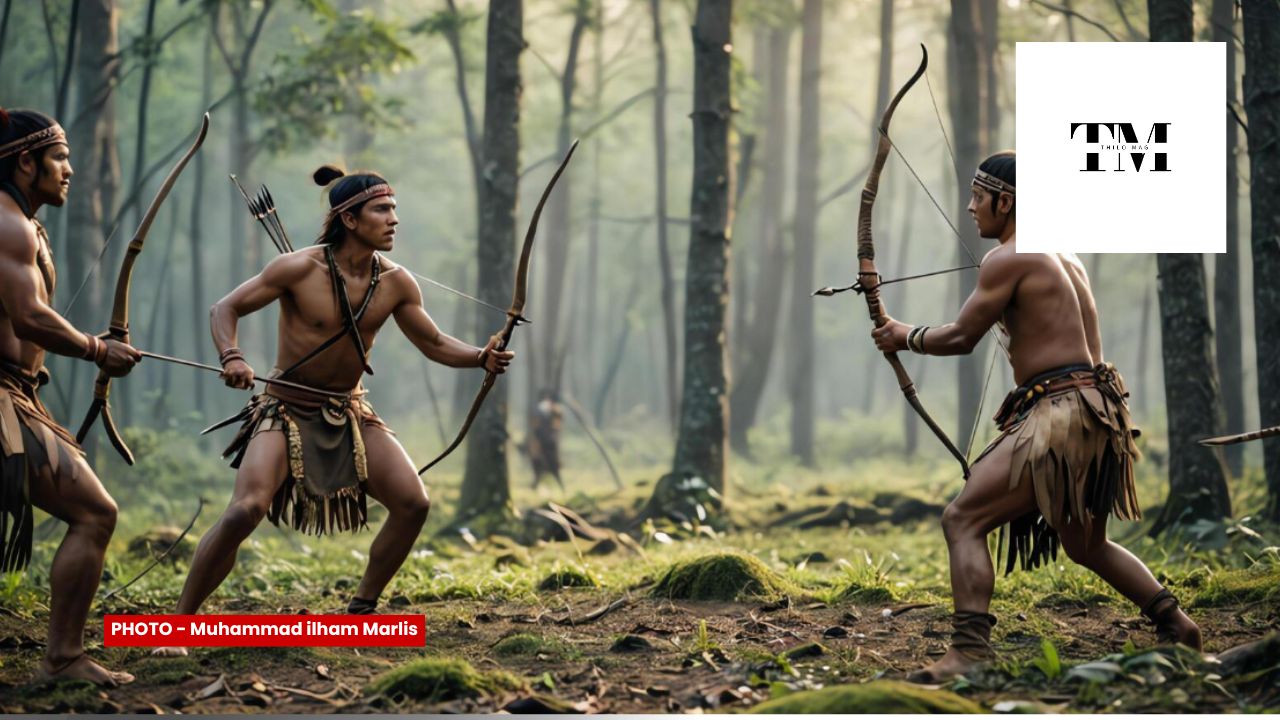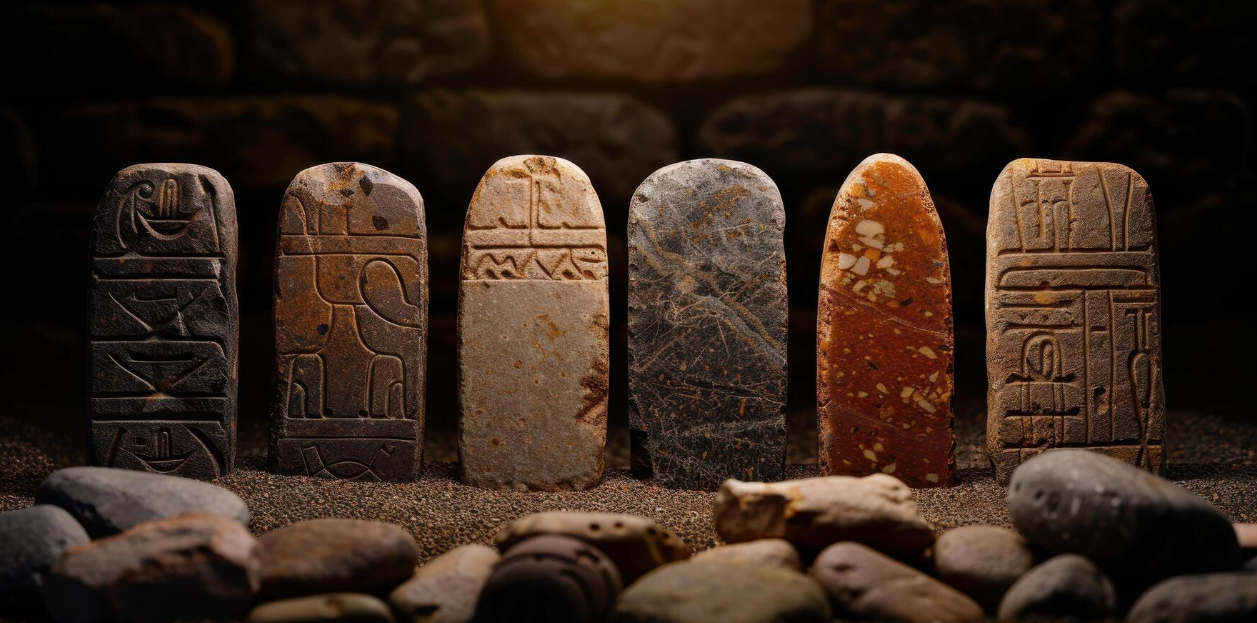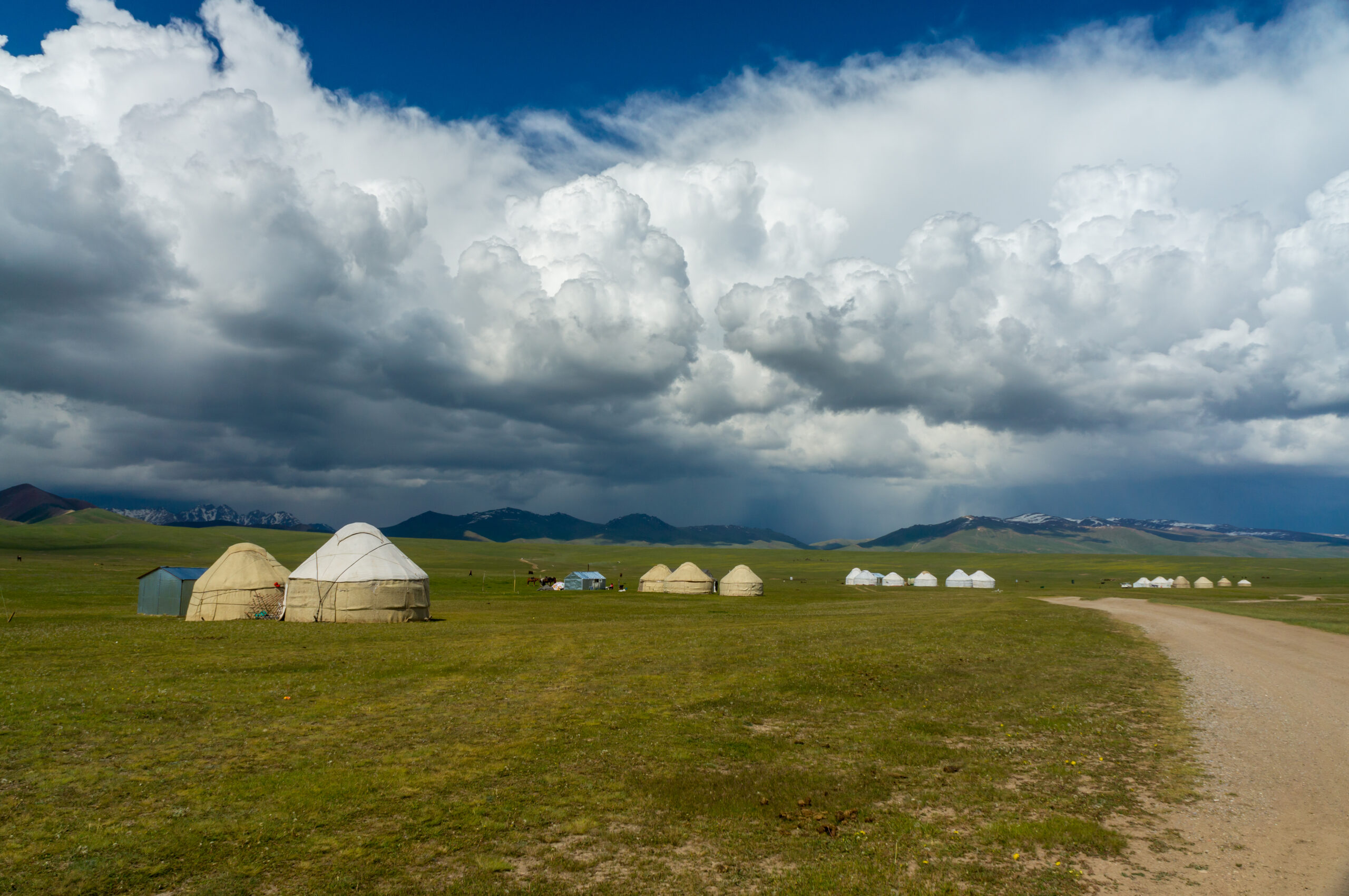Nomads of the Mongolian Steppe
By Thilo Mag

Endless blue skies stretch overhead. The wind whispers across golden grasslands that ripple like a sea. A lone ger—a traditional Mongolian tent—sits quietly on the steppe, blending into the landscape that hasn’t changed much for centuries. But inside, there’s a twist: a solar panel catches sunlight beside it, powering a smartphone resting near the hearth. Welcome to life with Mongolia’s modern-day nomads.
I traveled with the Bayarsaikhan family for nearly two weeks—herders from central Mongolia who move with the seasons, just as their ancestors did. What struck me wasn’t only the fierce beauty of the land or the quiet strength of the people, but the unexpected harmony between tradition and technology.

Ancient Ways Still Alive
The nomads of Mongolia are among the last in the world to still live in this timeless rhythm—following their livestock through the changing seasons. They raise yaks, goats, sheep, camels, and horses, all deeply woven into their identity. A child as young as four learns to ride. Milk is turned into airag (fermented mare’s milk) and dried cheese; meat is preserved to last long winters.
Bayarsaikhan’s wife, Davaajargal, wore a deel—a traditional Mongolian robe—every day, her movements as fluid and practiced as her mother’s must have been. They sang lullabies passed down through generations, recited folk stories by firelight, and greeted guests with warm bowls of salted milk tea and respect that felt sacred.
A Touch of Tech
But tradition doesn’t mean isolation.
A small satellite dish behind the ger picks up a decent signal. The family checks weather forecasts before moving camp. Bayarsaikhan uses a GPS app to track grazing routes. His teenage son, Temuulen, scrolls through Mongolian rap music on YouTube after tending to the horses.
“There is no contradiction,” Bayarsaikhan told me. “We use the tools of today, but our hearts belong to this land. The land teaches us everything.”
Technology, for many nomads, is a bridge—not a replacement. Solar panels provide enough energy for lights, phone charging, and even a small TV that plays both Mongolian dramas and the occasional Korean soap. Some nomads have Facebook accounts to connect with relatives in distant provinces, sharing photos of newborn camels and wedding celebrations.

Challenges on the Horizon
Still, it’s not an easy life. Winters are brutal—temperatures often dip below -40°C. Climate change is shrinking pastures, and urban migration is steadily pulling younger generations toward city life. According to some estimates, fewer than 30% of Mongolians are fully nomadic now.
Bayarsaikhan admits he worries. “The steppe is our home. But some years, the snow is too deep, the droughts too long. And sometimes, the young ones want city jobs.”
I met his daughter, Sarangerel, during my stay. She had just returned from university in Ulaanbaatar. Fluent in English, passionate about photography, and wearing Doc Martens under her traditional robe, she straddled both worlds. “I want to tell our stories to the world,” she said, showing me a video she edited on her tablet—a time-lapse of their migration across the grasslands.
A Delicate Balance
What’s unfolding on the Mongolian steppe is a beautiful paradox: the preservation of identity in the face of modern change. Instead of resisting it, these nomads are adapting—on their own terms.
They are not relics of the past. They are custodians of living heritage, fiercely independent, deeply connected to their environment, and surprisingly tech-savvy.
As we packed up to move to a summer pasture, I watched as Temuulen secured their belongings on a truck while his grandmother rode a camel beside it—both generations moving forward together, each in their own way.
In that moment, the steppe felt timeless and alive all at once.

